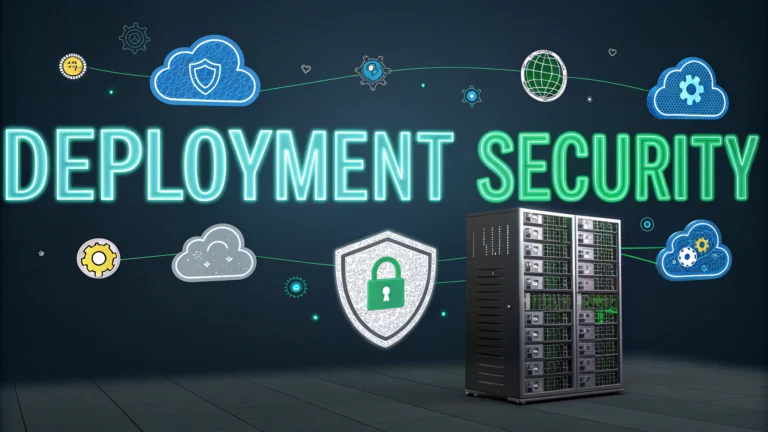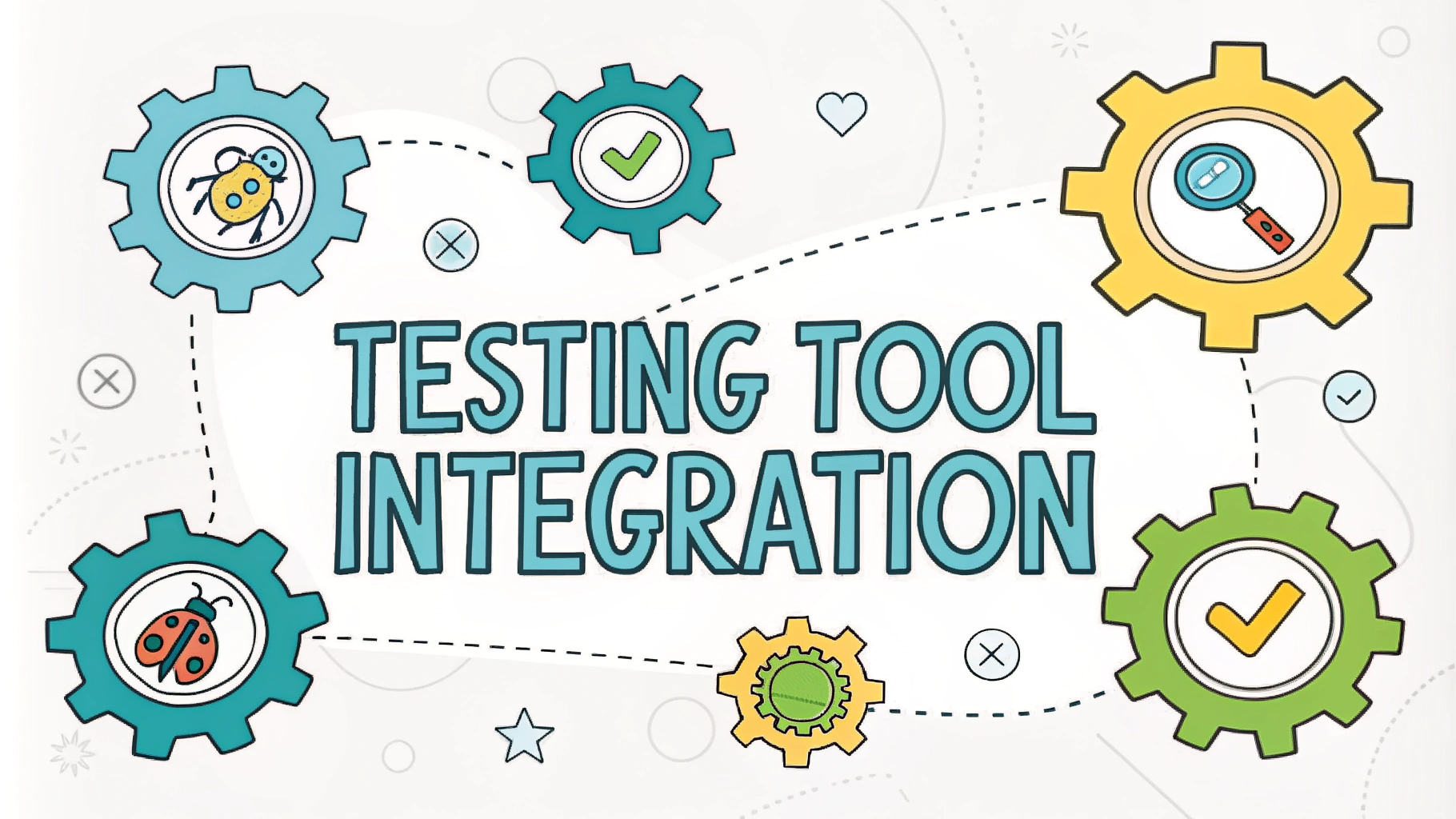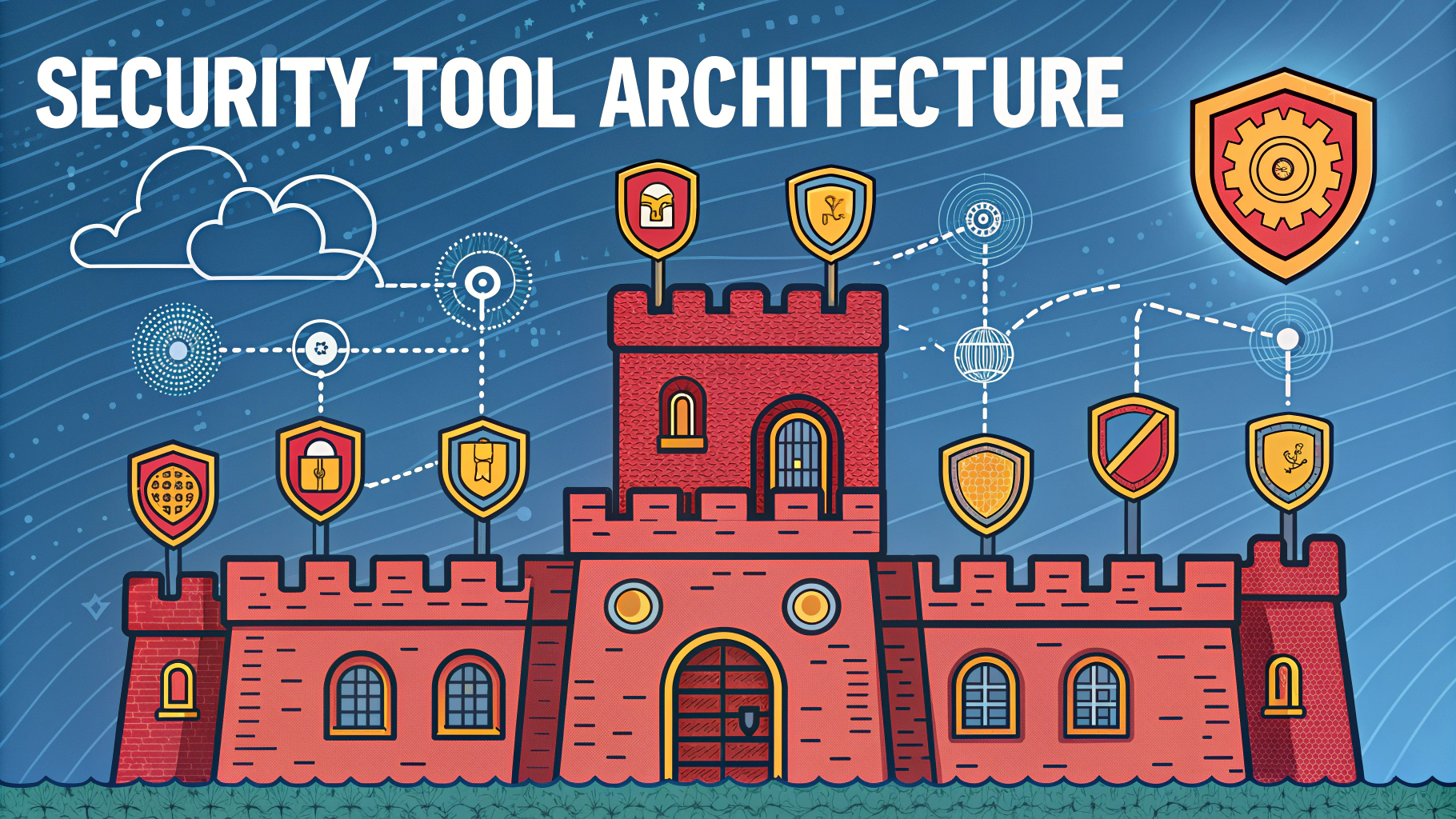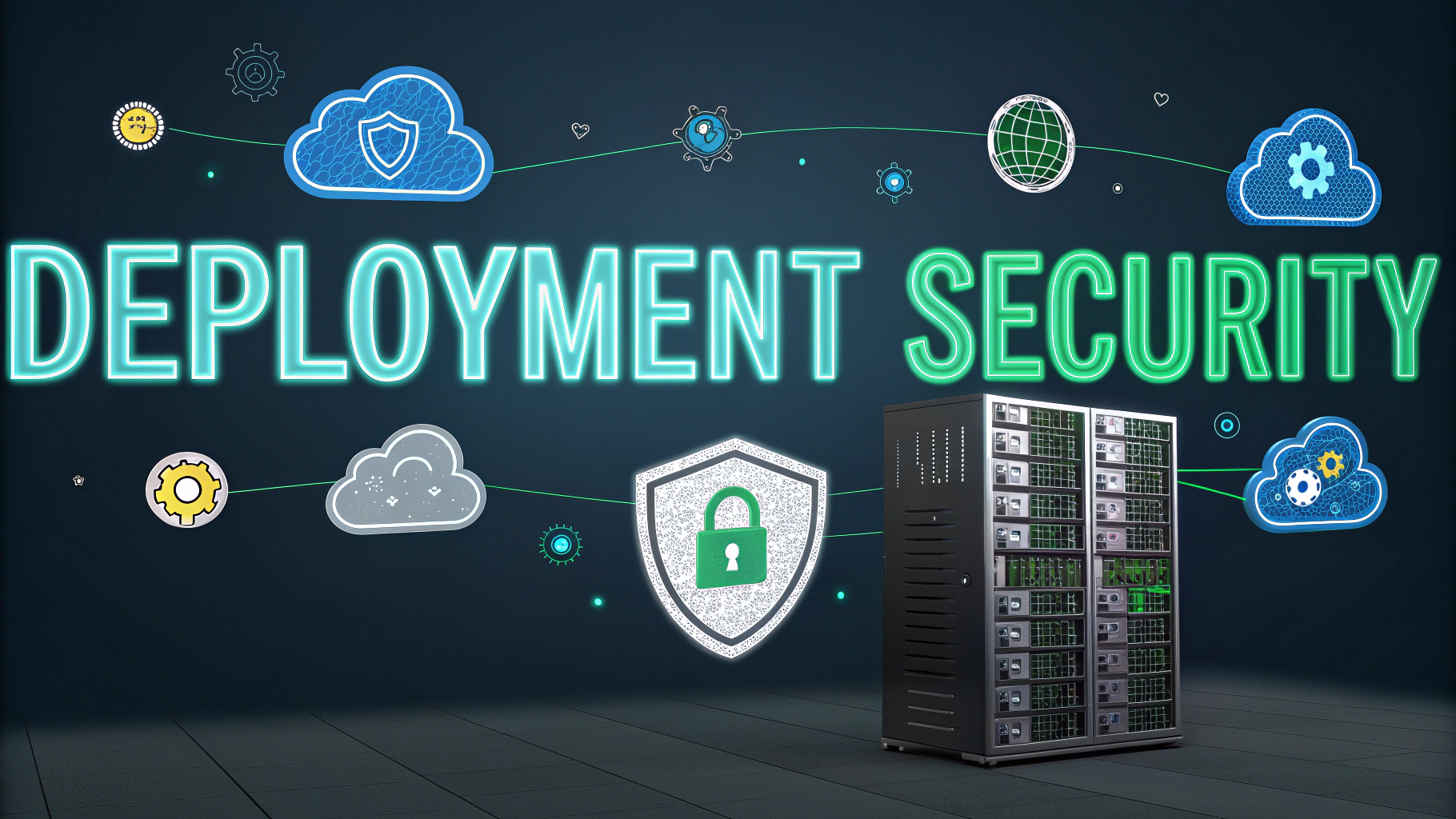Penetration testing during deployment phases helps organizations identify security vulnerabilities before applications go live.
Security teams use automated and manual testing methods to simulate real-world attacks against newly deployed systems and infrastructure.
This guide explores key deployment security testing strategies, tools, and best practices to protect applications throughout the deployment pipeline.
Pre-Deployment Security Checklist
- Run automated vulnerability scans
- Review access controls and user permissions
- Check for secure configuration settings
- Validate input validation and sanitization
- Test authentication mechanisms
- Verify encryption implementations
- Scan third-party dependencies
Common Deployment Security Testing Tools
| Tool Type | Popular Options | Use Case |
|---|---|---|
| Web App Scanners | OWASP ZAP, Burp Suite | Identify web vulnerabilities |
| Network Scanners | Nmap, Wireshark | Detect open ports and services |
| Infrastructure Testing | Metasploit, Core Impact | Exploit testing |
| Code Analysis | SonarQube, Checkmarx | Source code security review |
Security Testing Methods
Black box testing examines applications from an external perspective without access to internal code or architecture.
White box testing provides testers with full access to source code and system documentation.
Grey box testing combines both approaches for a balanced security assessment.
Deployment Pipeline Security
- Implement security gates between deployment stages
- Automate security testing in CI/CD pipelines
- Use infrastructure as code security scanning
- Deploy to staging environments first
- Monitor deployments for anomalies
Container Security Testing
Container images should be scanned for vulnerabilities before deployment using tools like Clair, Anchore, or Trivy.
Test container runtime security configurations including privileges, network policies, and volume mounts.
Validate container orchestration platform security settings in Kubernetes or Docker Swarm.
Cloud Deployment Security
- Review cloud provider security controls
- Test identity and access management (IAM) configurations
- Validate network security groups and firewall rules
- Check encryption of data at rest and in transit
- Monitor cloud resource permissions
Testing Documentation and Reporting
Document all security findings with clear remediation steps.
Categorize vulnerabilities by severity level using CVSS scores.
Track fixes and retest to verify issues are resolved.
Taking Action on Results
Address high-risk vulnerabilities before production deployment.
Create action plans for medium and low-risk issues.
Schedule regular retesting to maintain security posture.
Contact [email protected] to report critical findings requiring immediate attention.
Next Steps for Deployment Security
Build security testing into deployment planning from the start.
Train development teams on secure deployment practices.
Stay current with new security testing tools and methodologies.
Continuous Security Assessment
Implement ongoing security testing beyond initial deployment through:
- Regular automated security scans
- Periodic manual penetration testing
- Continuous vulnerability monitoring
- Security event logging and analysis
Compliance and Regulatory Testing
Ensure deployments meet industry standards and regulations:
- PCI DSS for payment systems
- HIPAA for healthcare applications
- GDPR for data privacy
- SOX for financial systems
Emergency Response Testing
Test incident response procedures during deployment:
- Rollback capabilities
- Disaster recovery processes
- Security incident playbooks
- Emergency communication channels
Securing Your Deployment Future
Prioritize security testing throughout the application lifecycle to maintain robust protection against evolving threats.
Integrate automated security tools into development workflows for continuous vulnerability detection.
Foster collaboration between security and development teams to build a strong security culture.
- Maintain updated security testing procedures
- Invest in security training and awareness
- Review and update security controls regularly
- Monitor industry security trends
FAQs
- What is deployment security penetration testing?
Deployment security penetration testing is a systematic process of evaluating the security of deployed applications, infrastructure, and systems by simulating real-world attacks to identify vulnerabilities before malicious actors can exploit them. - What are the main phases of deployment penetration testing?
The main phases include reconnaissance, scanning, vulnerability assessment, exploitation, post-exploitation, and reporting. Each phase systematically builds upon the previous to thoroughly evaluate security posture. - How often should deployment penetration testing be performed?
Penetration testing should be conducted at least annually, after major system changes, following significant infrastructure updates, or when deploying new applications. Some regulations may require more frequent testing. - What tools are commonly used in deployment penetration testing?
Common tools include Nmap for network scanning, Metasploit for exploitation, Burp Suite for web application testing, Wireshark for network analysis, and OpenVAS for vulnerability scanning. - What is the difference between black box and white box penetration testing?
Black box testing is conducted without prior knowledge of the system, simulating an external attacker. White box testing provides testers with complete system information, including architecture and source code. - What vulnerabilities are typically checked during deployment penetration testing?
Common checks include misconfigured services, weak authentication, unpatched systems, insecure protocols, default credentials, SQL injection, cross-site scripting (XSS), and buffer overflows. - What should a deployment penetration testing report include?
Reports should include an executive summary, methodology used, findings with severity ratings, detailed vulnerability descriptions, proof of concept demonstrations, and specific remediation recommendations. - What certifications are important for deployment penetration testers?
Valuable certifications include Offensive Security Certified Professional (OSCP), Certified Ethical Hacker (CEH), GIAC Penetration Tester (GPEN), and CompTIA PenTest+. - How does deployment penetration testing differ from vulnerability scanning?
Penetration testing involves active exploitation of vulnerabilities and manual testing, while vulnerability scanning is automated and only identifies potential vulnerabilities without exploitation. - What legal considerations must be addressed before penetration testing?
Written permission must be obtained, scope must be clearly defined, testing windows established, and potential impacts documented. Some jurisdictions may require additional legal compliance measures.







